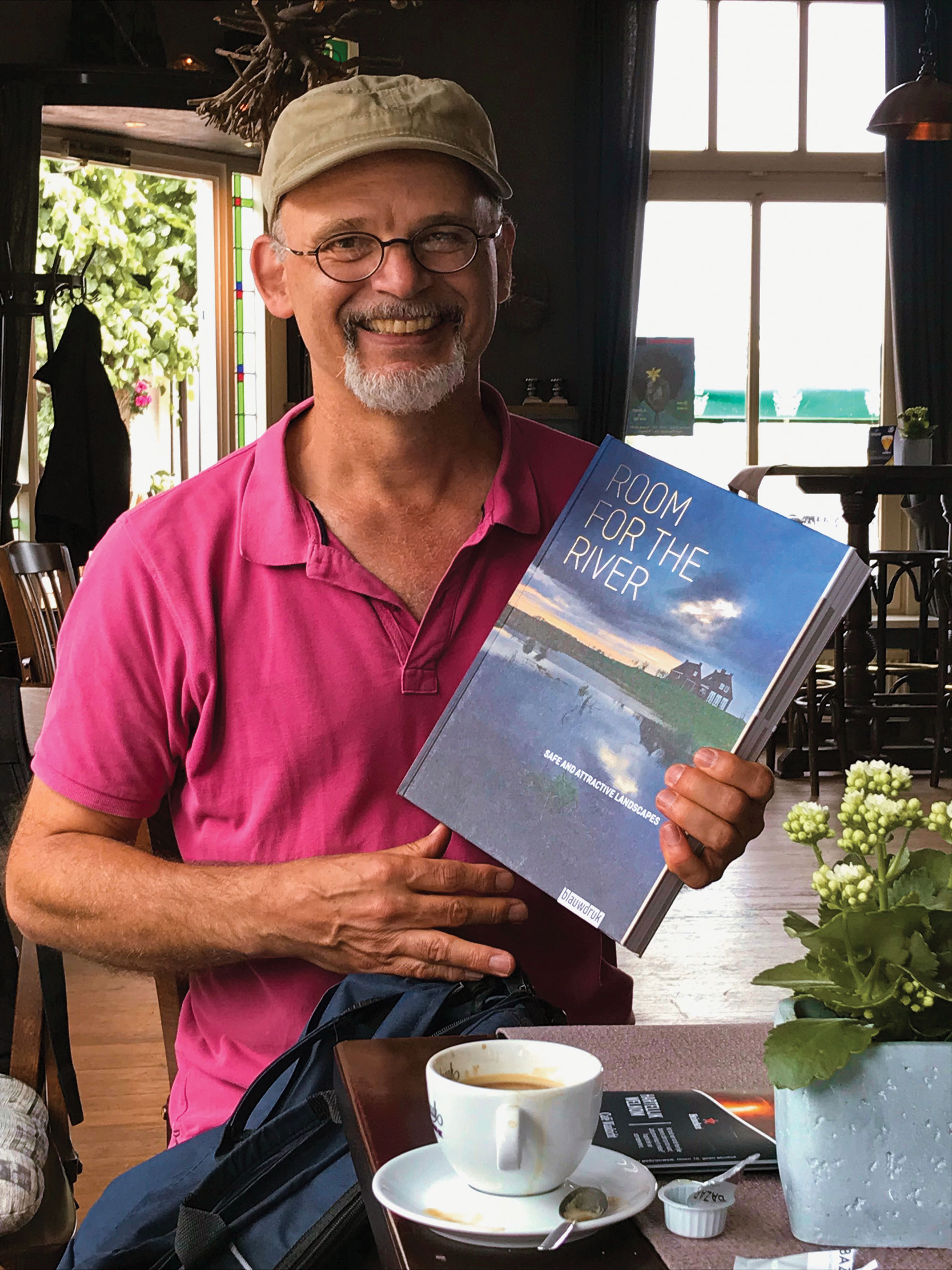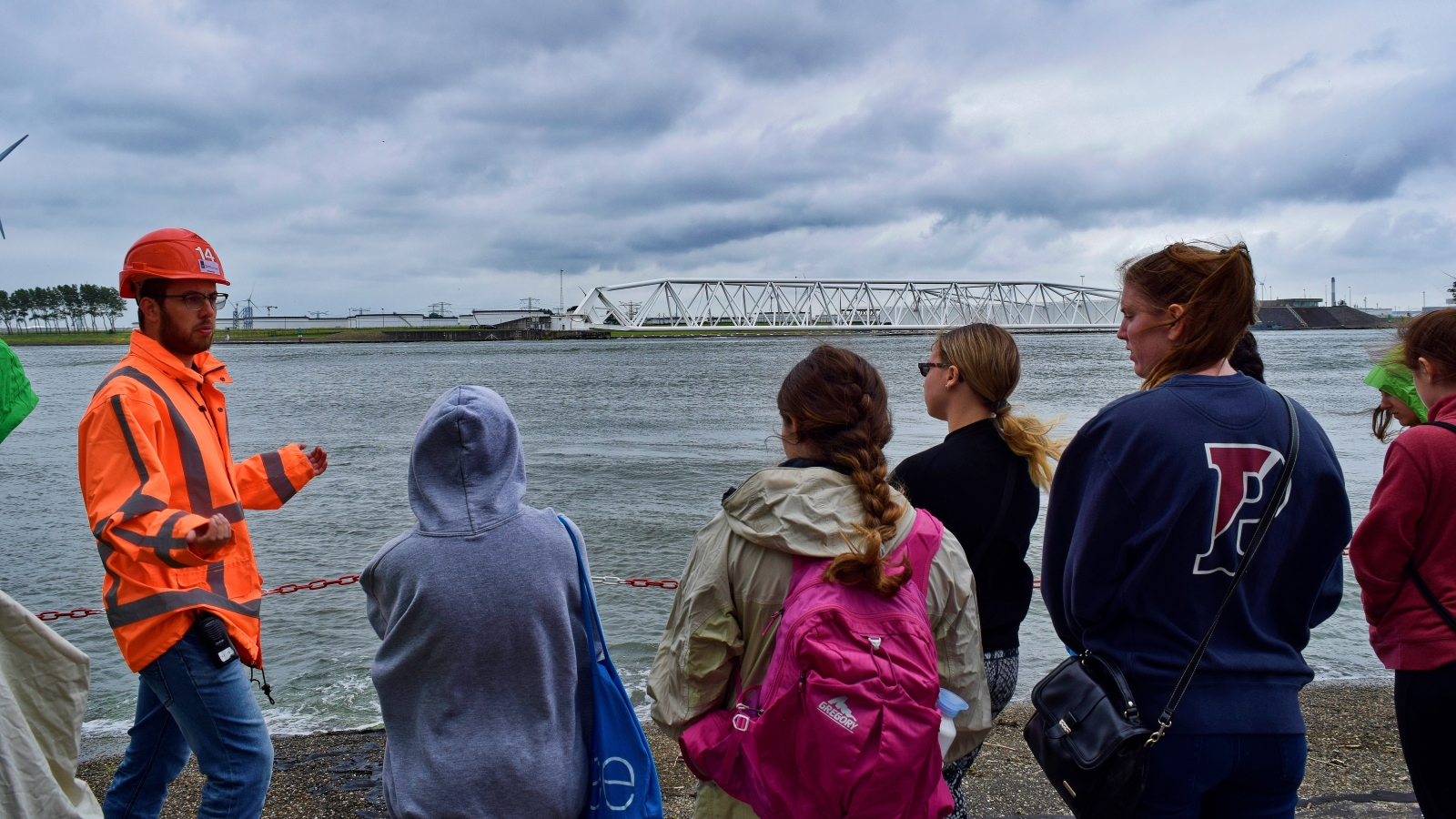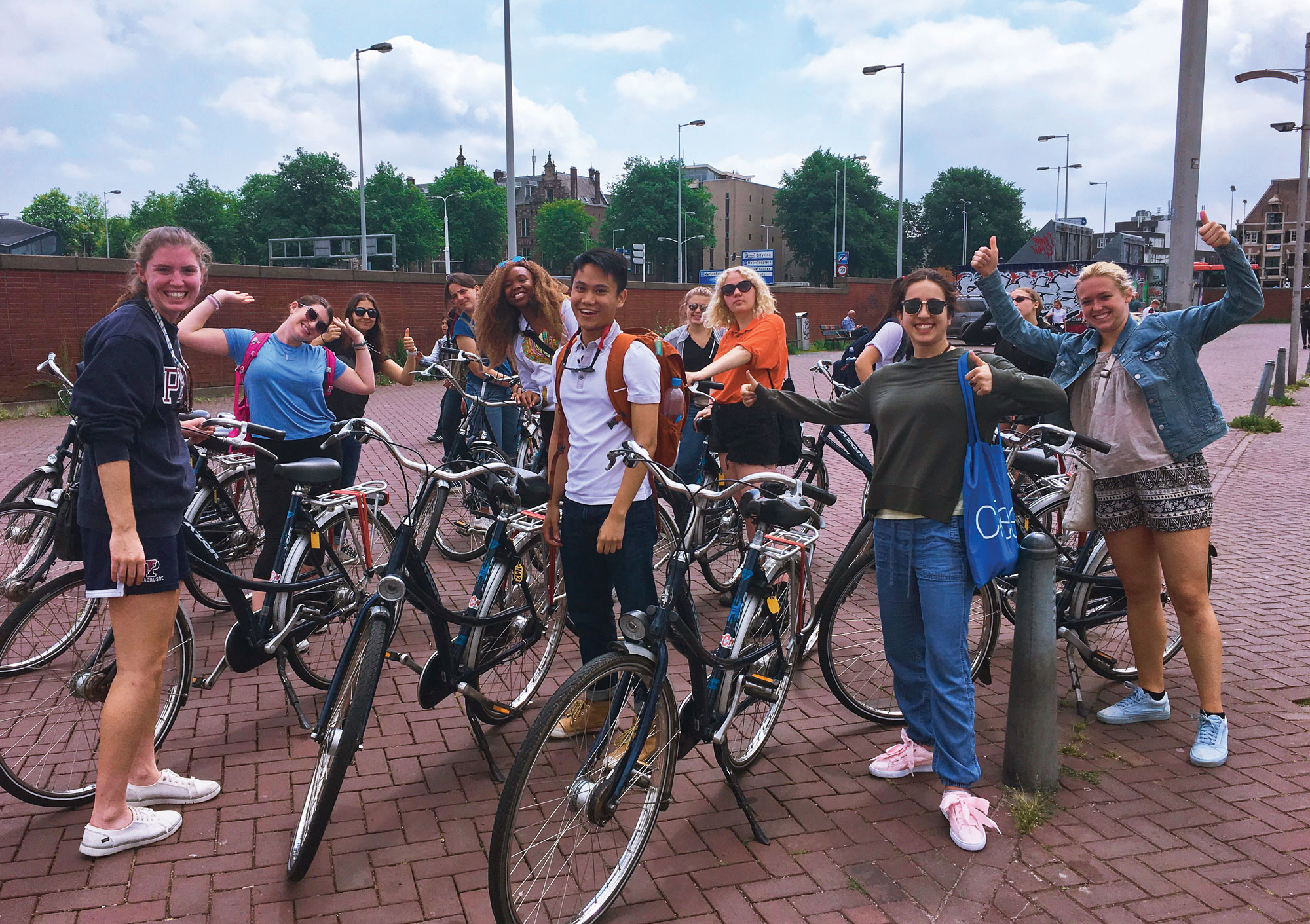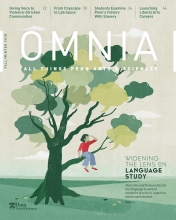For four years, Richter, Class of 1942 Endowed Term Professor in the Department of Germanic Languages and Literatures, has been taking Penn students to Berlin and Rotterdam to see sustainability in action. His summer course, Comparative Cultures of Sustainability, allows students to meet the architects, activists, engineers, and policymakers involved in Germany’s transition to renewable energy and Dutch efforts to adapt to rising sea levels, and to enjoy the public greenspaces in both nations, which invite passersby to celebrate culture and artistic tradition.

Simon Richter, Class of 1942 Endowed Term Professor in the Department of Germanic Languages and Literatures
“Germany and the Netherlands both link sustainability to their international development missions,” explains Richter, “so there is a very real investment in sustainable practices across levels of government and from different corners of society.”
Lucy Corlett, C’20, realized how central sustainability is to these nations when she saw the range of experts on the syllabus. “Important people were so willing to talk to us and answer questions,” she says. “We met with the representatives from the German Foreign Office, people from Urgenda, and a group of Dutch advocates who successfully sued their government in 2015 for more ambitious climate change policies. Every moment of the trip was packed, whether we were biking across rivers or meeting with local politicians.”
Richter’s students had the chance to explore the two countries’ many sustainability-related innovations. In the city of Nijmegen, for example, the Room for Rivers project demonstrates that approaches to climate change and living with the river can and should adapt: After 800 years of building increasingly higher dikes to keep rising waters at bay, the project coordinates Dutch efforts to remove dikes, deepen flood channels, and eliminate water obstacles, creating more efficient flood defenses and more livable waterfront urban environments.
For Jacob Hershman, C’20, Nijmegen and its changing landscape was the highlight of the trip, for reasons both practical and inspirational: “Nijmegen is, hands down, one of the coolest places I will ever see, and I was surprised to learn how much faith Dutch water experts have in the capacity of humankind to adapt to the changing environment.”
There’s a spirit of optimism about the future in Berlin, Maria Apiyo Odongo, ENG’21, says. “We all loved meeting with the young team of professionals at Agora Energiewende and Clean Energy Wire. No one wanted to leave. We just kept diving deeper and deeper into conversations about how the youth are taking over the world by being at the forefront of pushing for a sustainable future.”
That students can see themselves in the future of sustainability is most important to Richter. “Every year students tell me that the course opened their eyes,” he says. “It makes climate change and the massive human effort required intensely real for them, and they go back to Penn brimming with ideas and plans for themselves and for their communities. These are students who go on to become leaders in the struggle for sustainability in the U.S. and the world.”





